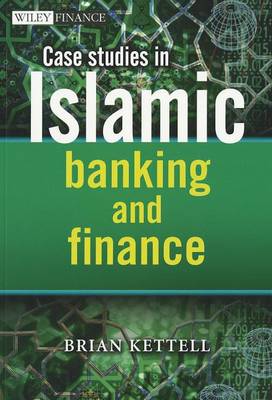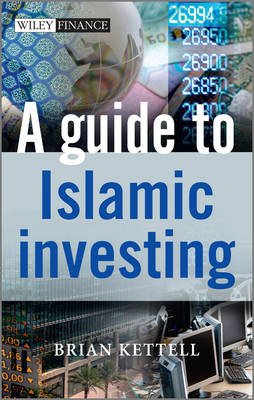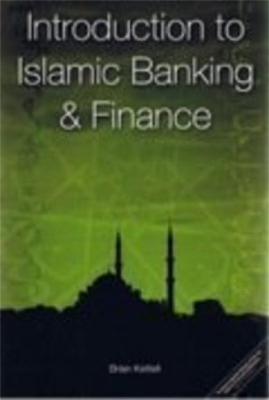The Wiley Finance
1 primary work • 6 total works
Book 593
This book is a must have resource for those wishing to apply their understanding of this complex subject and is an essential read for anyone seeking practical examples of how to apply the concepts in a real world environment.
Although suitable as a standalone learning tool, the book is designed to test the information covered in the companion book, Introduction to Islamic Finance and Banking, and covers the fundamentals of Sharia'a law, the Islamic contracts interpretations and definitions, Murabaha, Mudaraba, Musharaka, Istisna'a, Salam and Ijara modes of finance, Takaful and much more. Emphasis is placed on mini case studies, multiple choice questions and tests of the basic concepts. It also includes a full answer key and brief chapter summaries, as well as learning objectives. The Islamic Banking and Finance Workbook is an essential learning tool for students and practitioners who want to test their knowledge of the rapidly growing world of Islamic banking and finance.
The Islamic Banking & Finance Workbook: Questions & Answers
by Brian B. Kettell
This set is an all in–one learning package for anyone interested in Islamic banking and finance, bringing together the core textbook Introduction to Islamic Banking and Finance, The Islamic Banking and Finance Workbook and Case Studies in Islamic Banking and Finance. The set combines coverage of a wide range of products and issues in Islamic finance with a series of real life case studies which follow the themes in the introductory text, illustrating Islamic concepts and transactions in the real world. The workbook contains questions and answers, chapter summaries and key learning outcomes, enabling readers to test their understanding of the main principles of Islamic banking and finance.
3VS Contents:
Introduction to Islamic Banking and Finance
Islamic Banking and Finance Workbook
Case Studies in Islamic Banking and Finance
Conventional bankers have traditionally viewed the sector as a small, exotic niche but recent years have seen a dramatic surge in popularity. A number of Western investment banks have started working with Muslim clerics to create new ranges of financial products designed for devout Muslims, a large and growing market. Although estimates of the size of the Islamic finance industry vary greatly, everyone agrees that it is expanding rapidly and this is the perfect book for anyone looking to understand the industry.




